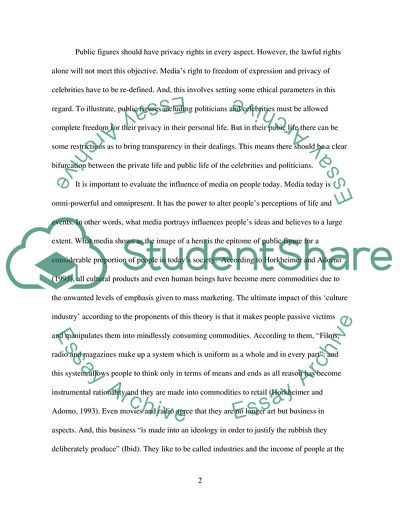Cite this document
(The Media and the Privacy of Public Figures Essay, n.d.)
The Media and the Privacy of Public Figures Essay. https://studentshare.org/media/1817316-the-media-and-the-privacy-of-public-figures
The Media and the Privacy of Public Figures Essay. https://studentshare.org/media/1817316-the-media-and-the-privacy-of-public-figures
(The Media and the Privacy of Public Figures Essay)
The Media and the Privacy of Public Figures Essay. https://studentshare.org/media/1817316-the-media-and-the-privacy-of-public-figures.
The Media and the Privacy of Public Figures Essay. https://studentshare.org/media/1817316-the-media-and-the-privacy-of-public-figures.
“The Media and the Privacy of Public Figures Essay”. https://studentshare.org/media/1817316-the-media-and-the-privacy-of-public-figures.


